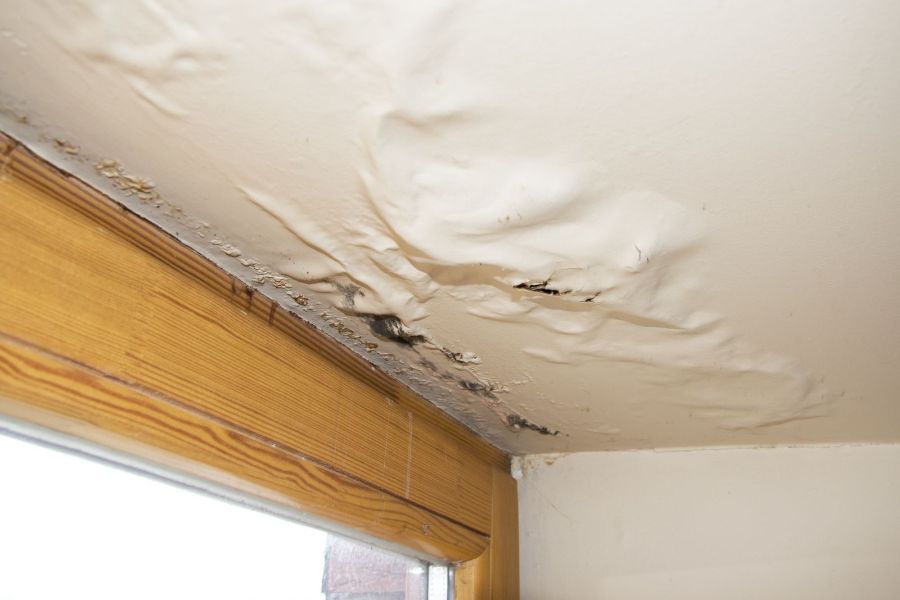Your home is your castle, there to protect you and your loved ones from the world. But if you
fail to keep it in the best shape, you could end up with a home that isn’t as stable as it should be.
In particular, water damage to your foundation is something that could pose a significant risk –
and that needs to be dealt with as soon as possible.
fail to keep it in the best shape, you could end up with a home that isn’t as stable as it should be.
In particular, water damage to your foundation is something that could pose a significant risk –
and that needs to be dealt with as soon as possible.
Your foundation is quite literally what your entire house is built on, and damage to it due to
water can lead to problems like:
water can lead to problems like:
Cracking foundations
Weaker walls
Mold growth
Musty smells
And more
As such, it’s vital that you take steps to prevent water damage before it begins. But how?
Luckily, there are a few simple steps that can help you prevent water damage and keep your
home safe from this all too common issue.
Address The Landscape Slope
The grading of your ground around your home could be having a major impact on the amount of
water your foundation is fending off. If the land is sloping towards your home, it could be
funneling water directly into the foundation walls. You need to correct this by re-grading the
land around the home so that it sheds water away from the home, not towards it.
water your foundation is fending off. If the land is sloping towards your home, it could be
funneling water directly into the foundation walls. You need to correct this by re-grading the
land around the home so that it sheds water away from the home, not towards it.
Keep Gutters Clean
Your gutters serve a very real purpose that many don’t realize – they take rainwater away from
the foundation and send it away from the home. Clogged gutters won’t let water into the
downspouts – they’ll simply let the water pour over them and onto the ground around the
perimeter of your home. When this happens, it leads to significant water amounts building up
around the foundation. Keep your gutters clean constantly and repair them if you see damage.
Use Downspouts
Your gutters are only part of the system that you need to consider. You also need to ensure that
your downspouts are putting water where it belongs. Downspouts should be designed so that
your downspouts are putting water where it belongs. Downspouts should be designed so that
they take water at least ten feet from your foundation. You can set them up with extensions that
carry water away, install drainage systems that funnel them away, and more. The bottom line is
that you use the right downspout systems for your home.
that you use the right downspout systems for your home.
Use a Sump Pump
Sometimes, there is simply nothing that you can do to stop water from finding its way into your
basement or crawlspace. In these emergency situations, having a sump pump installed can
quickly carry out that water and keep your home’s basement dry.
basement or crawlspace. In these emergency situations, having a sump pump installed can
quickly carry out that water and keep your home’s basement dry.
Keep The Soil Moist
Yes, it sounds odd. But the fact is that dry conditions can cause the soil around the home to
shrink. Then, when a rain comes it will flood the soil and apply pressure to the foundation. To
prevent this, water the area around your foundation if you’re in the middle of a significant dry
spell.
shrink. Then, when a rain comes it will flood the soil and apply pressure to the foundation. To
prevent this, water the area around your foundation if you’re in the middle of a significant dry
spell.
Protect Your Home
The bottom line here is simple – keeping your home protected from the elements is important.
The steps above can make it easier to keep water out of your basement and keep your foundation
strong.



